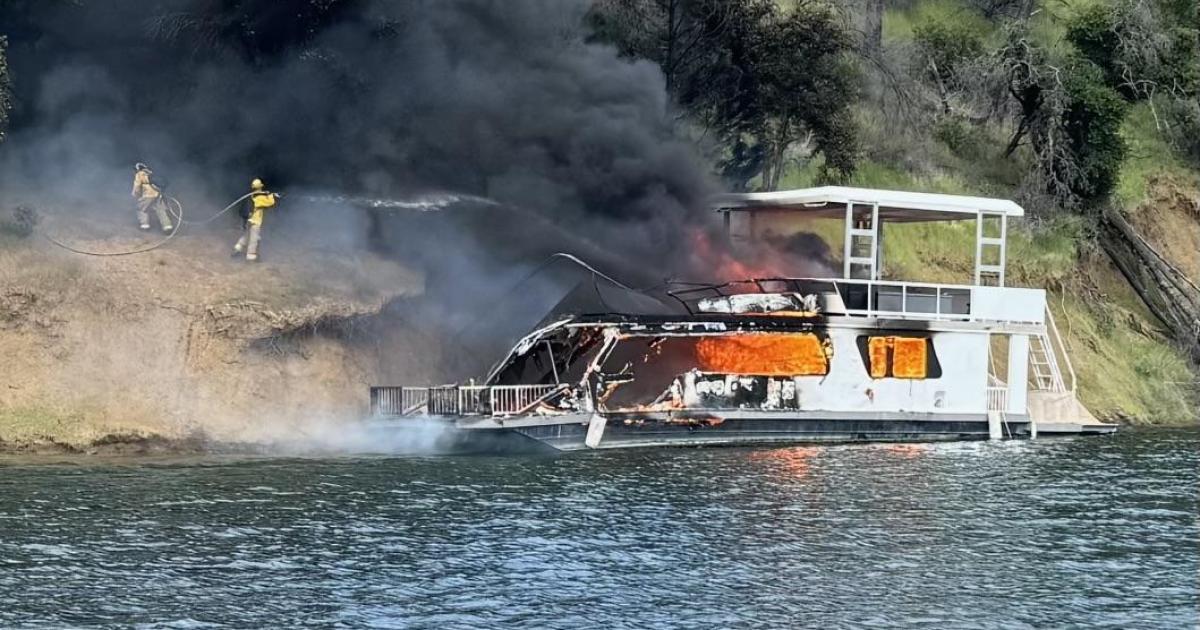On The Dot: Learning about climate change using a candle, a piece of glass and a camera
CBS News stations are dedicated to reporting more on the causes and impacts of climate change. National environmental correspondent David Schechter and producer Chance Horner. along with a team of researchers and producers at the CBS Innovation Lab are exploring the science behind climate change.
OAKLAND -- The levels of carbon dioxide in the earth's atmosphere have exploded in the past 65+ years. Humans burning fossil fuels are a major contributor.
Seeking answers as to why carbon dioxide is such a problem, CBS national environmental reporter David Schechter and his producer Chance Horner traveled to the Chabot Space and Science Center in the Oakland hills.
Once there, they met up with Dr. Eugene Cordero, a climatologist at San Jose State University. He helped the team understand the greenhouse effect and how it is powered by carbon dioxide.
All Cordero needed were a few tools: a candle, a camera, and a piece of glass.
"So, you were kind enough to bring a candle. I also stopped and got a few candles. So, I thought I'd just sort of give you some choices here. Are you interested in fresh lavender breeze?," joked David as he handed a laughing Dr. Cordero a scented candle.
Cordero said in his demonstration, the candle represent the heat stored on the earth, as our planet gets heated up every day by the sun, He showed the crew a special camera that senses the heat or the infrared radiation. He said in this case, the camera would represent a satellite orbiting the earth and collecting infrared data, adding that the best way to measure the greenhouse gas effect was from space.
On the infrared camera, the glass blocks the view of the candle. Cordero says carbon dioxide is a blanket that absorbs and radiates heat and keeps the earth comfortably warm. When you add more carbon dioxide, our planet gets warmer.
"Our natural light from the sun passes through. But the infrared radiation on the way out, can't get out," said Cordero. "But now we have a lot more CO2 than we used to. And so, our planet's temperature is going to go up. It's a great thermostat."
This bears out in the data: as carbon dioxide levels have gone up, so, too, have global average temperatures.
Cordero explained the existing scientific research shows how these rising temperatures are what's driving extreme events like fires, floods, and droughts.
He told the CBS crew that CO2 and other greenhouse gases are the largest contributors to making our planet warmer. There are other factors, too, but Cordero says carbon dioxide is the number one contributor.
When it comes to climate change, carbon dioxide is an invisible problem. But we've seen -- with a little imagination -- it's not impossible to understand what it's doing up there, where it comes from and how we have more and more in the atmosphere, every year.



